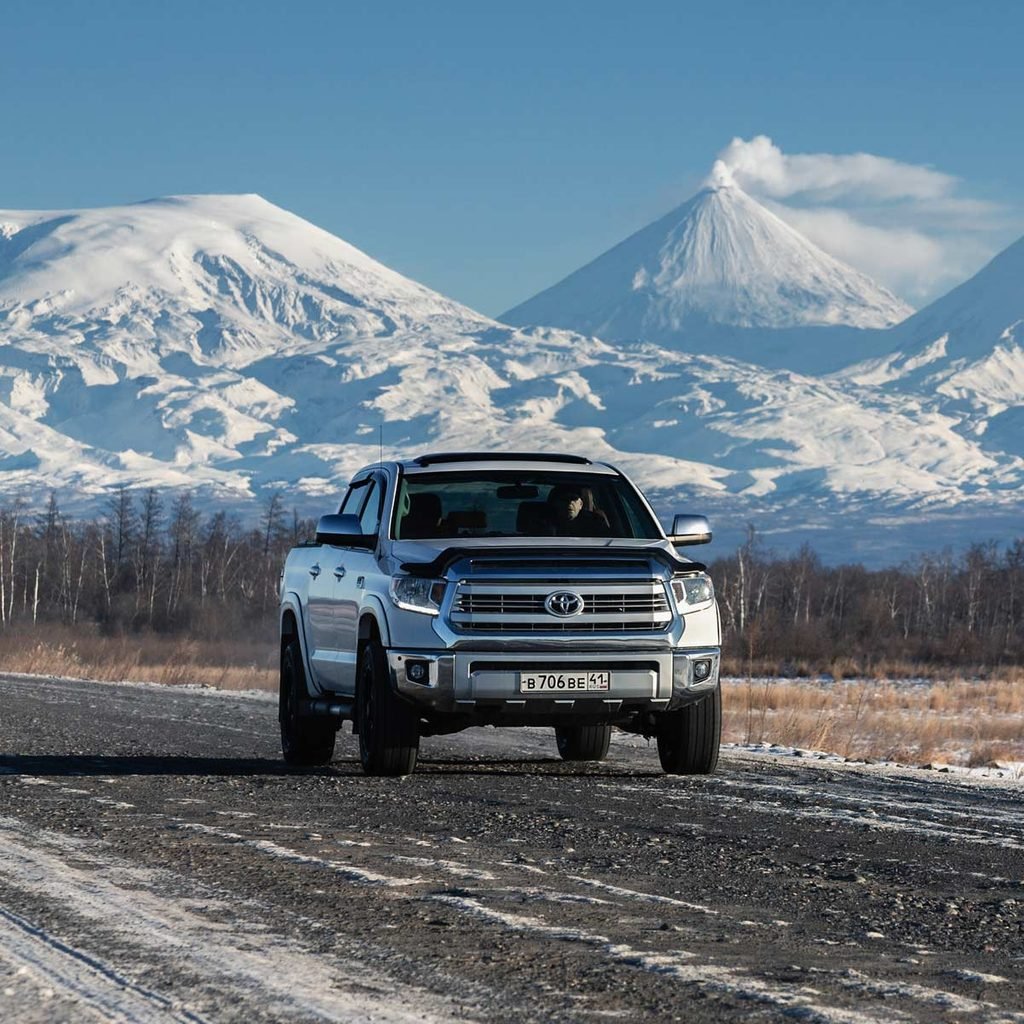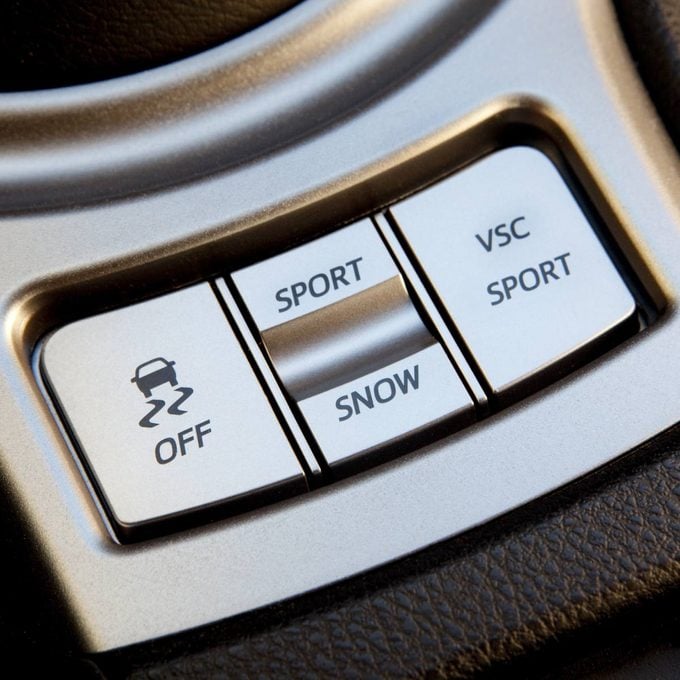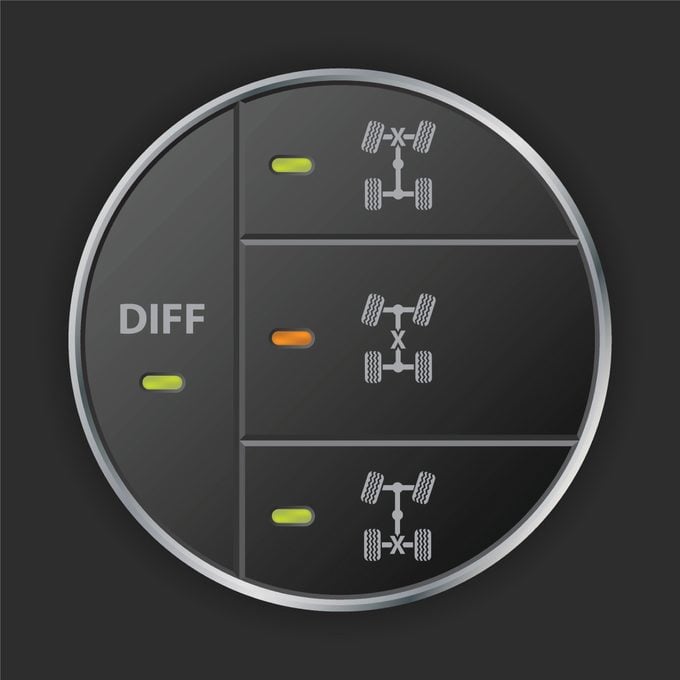4×4 Smarts: Safe Driving Tips for How to Use 4-Wheel-Drive
Updated: Apr. 01, 2024

We'll walk you through the basics of using 4WD for city and highway driving.
On This Page
Not sure which system you have?
Four-wheel-drive systems are offered in many configurations such as part time, full time, manual shift, on-the-fly shifting, and fully automatic. Each 4 wheel drive system has its own requirements for how you engage and disengage it and when you can operate the vehicle in 4WD mode. If you’re unsure which 4 wheel drive system you have, ask a dealer, who can figure it out from your VIN.
4WD can be dangerous
- 4WD doesn’t improve handling on slick ice- and snow-covered roads. If you drive faster than conditions allow, you’re far more likely to flip and roll because of your higher center of gravity.
- 4WD doesn’t help you brake better or give you more stability in turns while braking. So slow down when you’re turning and brake sooner.
- 4WD contributes to overconfidence. Guess which vehicles end up in the ditch more often?
Check out our 10 best practices for winter driving.
Don’t waste gas
When you’re in 4WD, you’re spinning a lot more heavy metal. Getting those extra gears and drive shafts up to speed and keeping them spinning take extra energy, which lowers your gas mileage. If you don’t need 4WD, turn it off and save some dough at the gas pump.
If you get stuck
Resist the temptation to shift between forward and reverse to rock yourself out of a rut. Instead, shift into 4HI and slowly feather the gas pedal to inch your way out. Don’t spin your wheels. If that doesn’t work, rock the vehicle back and forth by applying and releasing the gas.
Are you up to speed on these driving etiquette rules?
Don’t destroy your drivetrain
Driving a part-time 4WD system on dry pavement can break the front axles, shear the differential gears and even break apart the differential case. As soon as you hit dry pavement, shift back into 2WD.
4WD vs. AWD: What’s the Difference?
Traditional 4WD
In two-wheel-drive mode, the system delivers all the engine torque to the rear differential, so each rear wheel receives 50 percent of the available engine torque. In 4WD mode, each wheel receives 25 percent of the available engine torque. Older 4WD systems must be manually shifted between 2WD and 4WD and from 4HI to 4LO while the vehicle is stopped. Newer s 4 wheel drive systems have electronic push button ‘on the fly’ features that let you shift while driving.
Traditional AWD
An AWD car can deliver all engine torque to all four wheels all the time. But some AWD systems deliver all engine torque to the front differential until the system detects wheel slip. Then it transfers a varying degree of engine torque (0 to 100 percent) to the rear wheels. So it’s a 2WD system most of the time. Other AWD systems work differently; they split the engine torque 50/50 between the front and the rear differentials at all times unless they detect wheel slip. Then they ‘reapportion’ the torque between the front and the back differentials based on need.
Next, check out 21 car hacks that will make driving so much better.
Know how to engage and disengage your 4WD
Some older and more basic 4WD systems must by engaged manually with the vehicle at a complete stop and the transmission in either Park or Neutral. Don’t try to engage these 4 wheel drive systems when the vehicle is moving or you can damage expensive components. However, most 4WD systems can now be shifted into or out of 4WD on the fly at the push of a button. The most sophisticated 4WD systems are fully automatic. They shift into and out of 4WD automatically as the system detects the need for more traction.
Knowing when to use 4HI or 4LO is what causes the most confusion for 4WD vehicle owners, so here are some rules.

How to use traction/stability
Most new cars and trucks have a traction/stability control feature. The system automatically turns on every time you start your vehicle. When the traction/stability control system detects wheel slip or vehicle instability, it immediately tries to compensate by cutting engine power, braking the slipping wheel or braking other wheels to force the vehicle back into its intended path. It works great when you’re traveling along the road and hit a slick spot. But when you’re stuck, traction/stability control can work against you, making it harder to get out of a rut in snow, mud or ice.
So when you get stuck, turn off your vehicle’s traction/stability control. The procedure is different for each vehicle, so refer to your owner’s manual. Depending on the vehicle, the traction/stability control may turn itself on again after a set period or after an engine restart. You may have to turn it off repeatedly if you’re stuck for an extended period.
4 WD – Use it or lose it
4 WD systems work best and last longest when they’re used regularly and maintained according to factory recommendations. When a 4WD system sits unused for months at a time, the linkage and hub components seize, the seals dry out and the lube drains off gears. The best way to keep all 4WD components lubricated and in good operating condition is to engage your 4WD at least once every few months on wet pavement (preferably in a secluded parking lot) while performing a few figure eights.
Next, follow your owner’s manual for differential and transfer case fluid changes even if you don’t use your 4WD very often. And grease drive-shaft slip joints and U-joints (where possible).
When to Use…
When to Use 4LO:
- When you need more torque (power) for heavy pulling at slow speeds.
- When you’re climbing steep grades at slow speeds and need extra power.
- When you’re descending steep hills with a heavy load-the low gearing provides engine braking assistance.
- Don’t use 4LO to get unstuck in mud and snow. The extra torque will cause the tires to spin.
When to Use 4HI:
- When you’re on slippery surfaces and driving at street or highway speeds.
- When you’re stuck in snow, mud or ice.
Tire size & tire rotation are critical
The front, center and rear differentials in 4WD vehicles are designed to compensate for short-term differences in wheel speeds encountered when turning a corner or changing lanes. But mismatched tires, whether they’re a different size or a different tread depth, force the differentials to operate full time even if you’re going straight down the road. That constant operation creates excessive heat and causes premature wear that can cost thousands in unnecessary repair bills. A difference in tread depth of just 1/16 in. among tires is enough to cause early failure.
Front tires wear faster than rear tires because they carry more weight, perform more braking and turn the vehicle. So rotating your tires every 5,000 to 7,000 miles is critical to spreading the wear evenly and minimizing differential operation. If a tire is wearing unevenly, exceeding the 1/16-in. threshold, you’ll have to buy four new tires, or shave down the new tire to match the tread depth of the others.
Finally, different tread brands, tread patterns and even different rubber compounds can result in different traction rates between the tires, and that stresses 4WD components. So avoid mixing different brands or tread patterns on your 4WD vehicle.
